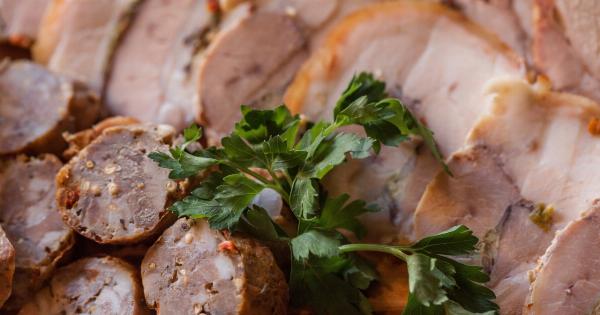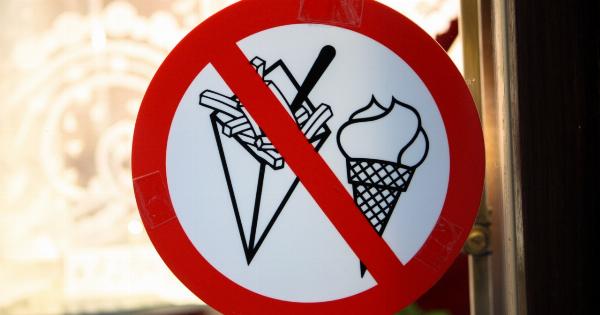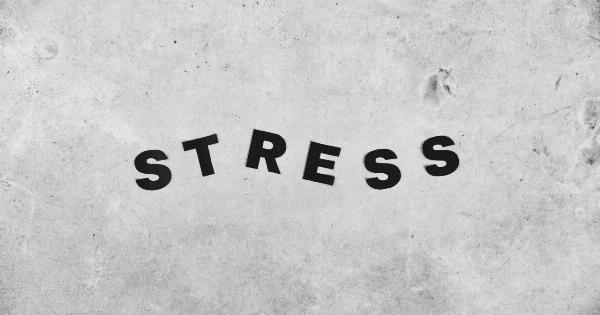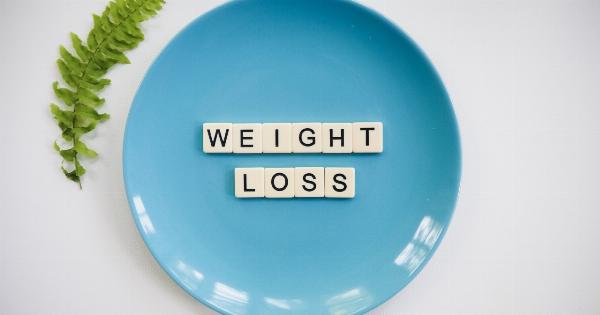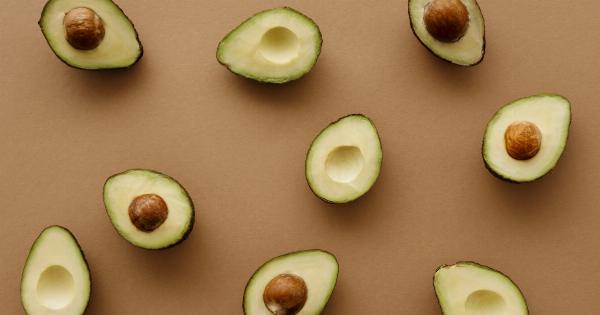When it comes to maintaining a healthy diet, it’s important to understand that not all fats are created equal.
While some fats, such as those found in avocados and nuts, are beneficial for our health, there are also bad fats that can negatively impact our well-being. Consuming bad fats in excessive amounts can increase the risk of various health issues, including heart disease, obesity, and high cholesterol levels.
Understanding Bad Fats
Bad fats, also known as unhealthy fats, are typically solid at room temperature and are derived from both animal and plant sources. These fats are typically high in unhealthy cholesterol and trans fats, which can lead to various health problems.
It is important to be able to identify foods that contain bad fats so that we can limit our consumption of these harmful substances.
The Risks of Consuming Bad Fats
Consuming bad fats in excess can significantly increase the risk of obesity and weight gain due to their high-calorie content.
Additionally, bad fats can raise LDL (low-density lipoprotein) cholesterol levels, commonly known as “bad” cholesterol, while lowering HDL (high-density lipoprotein) cholesterol levels, commonly known as “good” cholesterol. This imbalance can lead to an increased risk of heart disease and other cardiovascular problems.
Setting Healthy Limits
It is essential to set healthy limits for consuming bad fats in order to maintain a balanced and nutritious diet. The American Heart Association recommends that bad fats account for no more than 5-6% of your daily caloric intake.
For a 2000 calorie diet, this amounts to approximately 11-13 grams of bad fats per day.
Identifying Foods High in Bad Fats
To maintain healthy limits on bad fat consumption, it is crucial to be aware of which foods are high in these unhealthy fats. Some common sources of bad fats include:.
- Fried foods: Foods that are deep-fried or cooked in unhealthy oils can be high in trans fats and bad fats. Limit the consumption of fried foods such as French fries, fried chicken, and fried snacks.
- Processed meats: Foods like sausages, hot dogs, and bacon are often high in unhealthy fats. These fats can increase the risk of heart disease and should be consumed in moderation.
- Full-fat dairy products: Dairy products like whole milk, cheese, and butter contain saturated fats, which can be harmful to your health. Opt for low-fat or fat-free alternatives instead.
- Commercially baked goods: Pastries, cookies, cakes, and other baked goods are often made with unhealthy fats like shortening and margarine. Consume these treats sparingly.
- Fast food: Many items on fast-food menus are high in unhealthy fats, including burgers, fries, and milkshakes. Limit your intake of fast food and opt for healthier alternatives.
Choosing Healthy Fats
While consuming bad fats in moderation is crucial, it’s equally important to incorporate healthy fats into your diet. Healthy fats can promote good heart health and overall well-being. Some examples of healthy fats include:.
- Avocados: Avocados are rich in monounsaturated fats, which can help lower bad cholesterol levels and reduce the risk of heart disease.
- Nuts and seeds: Almonds, walnuts, chia seeds, and flaxseeds are all excellent sources of healthy fats. They also provide other essential nutrients such as fiber and antioxidants.
- Olive oil: Extra virgin olive oil is a heart-healthy option that can be used in cooking or as a salad dressing. It is rich in monounsaturated fats and antioxidants.
- Fatty fish: Fish like salmon, mackerel, and sardines are high in omega-3 fatty acids, which have numerous health benefits, including reducing inflammation and improving heart health.
- Coconut oil: Although controversial, coconut oil can be a source of healthy fats when consumed in moderation. It is high in medium-chain triglycerides (MCTs), which can provide a quick source of energy.
Practical Tips for Reducing Bad Fat Consumption
Making small changes to your daily routine can help you reduce your consumption of bad fats and improve your overall health. Here are a few practical tips:.
- Choose leaner cuts of meat: Opt for lean cuts of meat and trim visible fat before cooking.
- Bake or grill instead of frying: Instead of frying your food, try baking, grilling, or steaming to reduce the consumption of unhealthy fats.
- Read food labels: Check food labels for the amount and type of fats in packaged products. Look for healthier alternatives with lower levels of bad fats.
- Cook at home: Preparing your meals at home allows you to have control over the types and amounts of fats used.
- Include more plant-based protein sources: Plant-based proteins like beans, lentils, and tofu are low in bad fats and can be a healthy alternative to meat.
Conclusion
In conclusion, it is important to set healthy limits for consuming bad fats to maintain a well-balanced diet and reduce the risk of various health issues.
Identifying foods high in bad fats and opting for healthier alternatives can significantly contribute to improved overall well-being. Remember to choose foods that are rich in healthy fats, exercise portion control, and make sustainable lifestyle changes. By doing so, you can enjoy a healthy diet while minimizing the negative impact of bad fats on your health.

